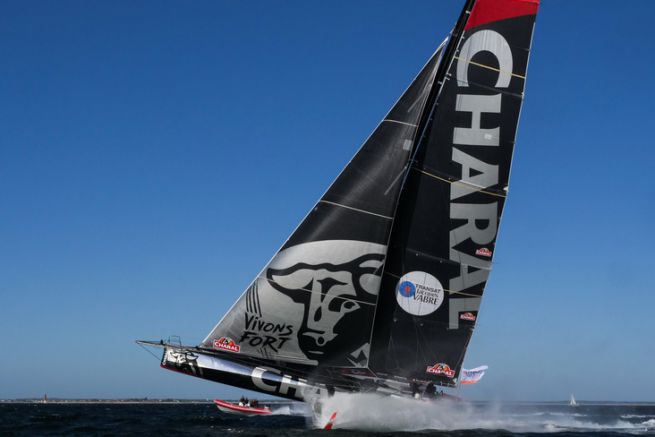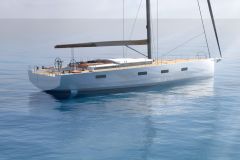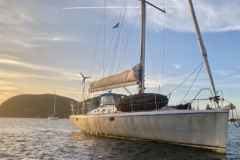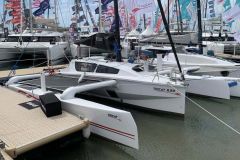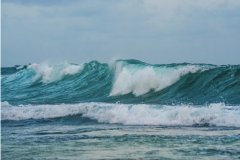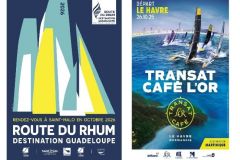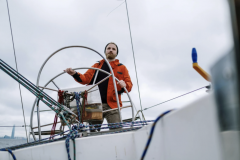Jérémie Beyou was the first skipper to take charge of his latest generation foiling IMOCA. This was in the summer of 2018. These new boats, designed to fly were designed around their appendages unlike the older generation IMOCAs, upgraded with foils. And if the engineers and architects knew that it worked on paper, Jeremie proved it in the first, extremely impressive, sailings.
In September 2019, a year and a half later, 5 new "foilers" were born. Two others are still under construction and will be launched in spring 2020. These 8 brand new IMOCAS are from 4 different architectural firms. And they all have a different vision of things, as Jérémie explains.
A VPLP plan for the Vendée Globe
To design Charal, the team relied heavily on weather statistics from a single-handed round-the-world race and a well-established strategy. "In the Vendée Globe, our goal is to be in the lead after rounding St. Helena, as we exit the South Atlantic."
A boat that can fly (almost) all the time
It is with this ambition that the Charal Sailing Team has built a boat with a fairly tight hull and foils that work well upwind. "Our vision is to be able to take off very early, from medium reaching. We've targeted foils that push hard, making the boat fly all the way. We tried to reduce the hull drag as much as possible in these take-off speeds. As a result, it's a boat that is rather round at the transom." Consequently, the drag is limited with respect to the competitors.

Different visions and concepts
On the design of these new foilers coexist quite different visions like that of Guillaume Verdier who designed Apivia. "He's looking to keep as much hull power as possible, considering that an IMOCA will only be able to fly in certain conditions."
Arkea-Paprec designed by Juan Kouyoumdjian is still a rather different concept from the VPLP and Verdier plans. "With a very flat hull underneath, we're going to have to heel it quite a bit to limit hull and foil drag."
As for Alex Thomson and his boat , "It's the same architect as us, so the hull is relatively close. The very big difference is the foils which are very different from ours." Indeed, unlike Charal's foils, which are multi-angular, Alex Thomson's are semi-circular.
Advens is a Verdier design built for skipper Thomas Ruyant inspired by an existing design. It is a design of the Super 60 drawn for the former Volvo Ocean Race. His IMOCA will also be used for The Ocean Race campaigns.

Boats to discover
Japanese skipper Kojiro Shiraishi's new boat euros DMG Mori euros is a VPLP design built from the Charal mold at the Multiplast yard in Vannes. Launched in September 2019, the boat similar in every way to Jeremie Beyou's first version is currently in the testing and optimization phase.
Boats under construction
"It remains to be seen what Armel Tripon's Manuard plan will be" of which we have little news. Or Nicolas Troussel's Corum, which will have the same hull as Arkea-Paprec but a very different deck plan, with more volume and a higher center of gravity. The foils will be closer to the existing one.

Upgraded IMOCA boats
to this new generation of IMOCA foil boats, we must add some older boats equipped with the latest generation of foils, which can prove to be very efficient. "PRB and Initiatives C?ur have been updated and are boats with interesting speed potential. In addition, their versatility can allow them to do well."
In the 2020 Vendée Globe, there are many more contenders for the top spots, probably more than in the previous edition. " The level is going to be much higher, it's going to be tight."
